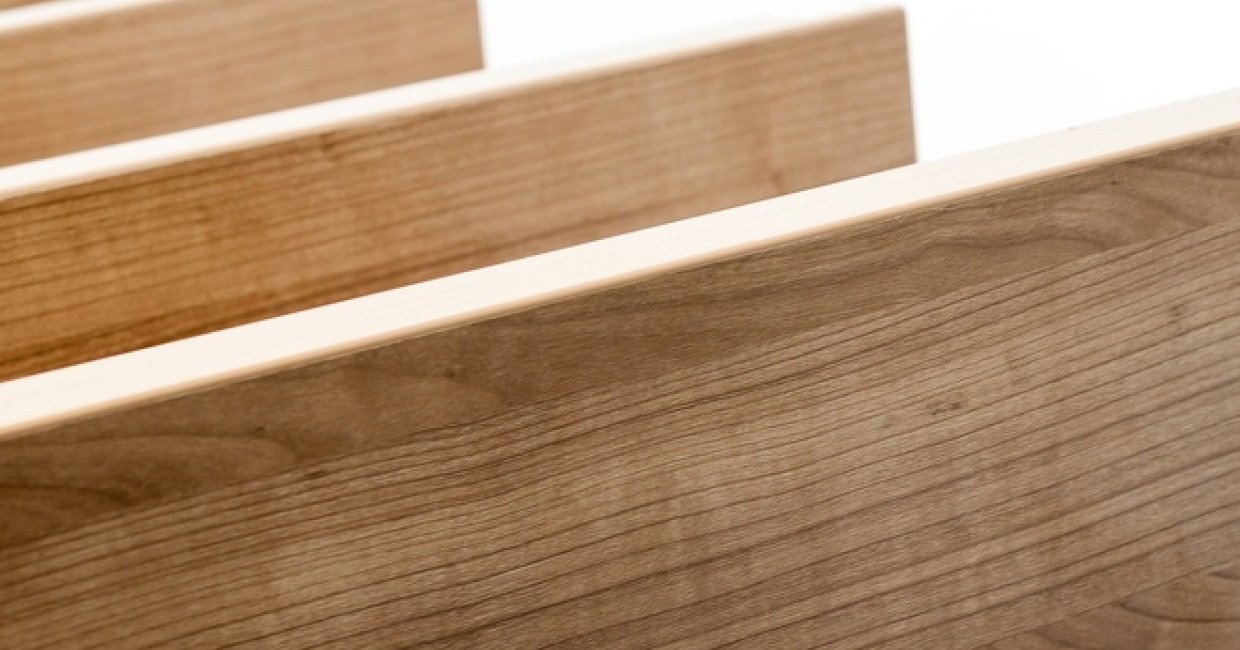The popularity of using reclaimed wood as opposed to conventional wood to furnish our houses, offices and summerhouses – or anywhere, for that matter – has really escalated in recent years. The now prevailing commonness to make reclaimed wood part of our homes stems not only from the fact that reclaimed timber has a unique, quirky and exquisite look, but also due to the environmental benefits salvaged wood generates.
One of the most obvious environmental benefits of using reclaimed wood as opposed to non-recycled materials is that it prevents unnecessary waste entering landfills and taking up precious cubic yards of landfill space.
As well as using valuable space in many of our already overflowing landfills, when wood waste is sent to landfills, the exposure of other types of waste may prevent the wood from fully decomposing and instead the wood may partially break down, which would generate the release of methane gas. Methane gas causes a vicious cycle in global warming, creating ground-level ozone, which is bad for both the environment and for human health.
The Global Trees Campaign, a joint initiative between Fauna & Flora International (FFI) and Botanic Gardens Conservation International (BGCI) and the Global Trees Campaign, is the only international campaign that is dedicated to saving trees that are threatened with extinction across the world. According to the campaign, more than 8000 tree species – that’s 10% of the world’s total – are threatened with extinction.
When we buy furniture, such as settees, beds, coffee tables and dining room tables and chairs that have been made out of reclaimed wood, it naturally saves trees from being cut down. If, for example, 30 trees were saved by using reclaimed wood, the trees would absorb as much as 946lb of carbon dioxide out of the atmosphere each year.
What’s more, 30 trees can provide a day’s supply of oxygen for up to 120 people, and the net cooling effect for 30 young trees is equivalent to 300 air conditioning units that are operating at 20 hours a day.
However, it’s not just humans that are directly affected by trees, as the life-cycle of many animals and plants are also inextricably tied to certain trees.
The Global Trees Campaign also estimates that less than 10% of wood waste is actually recycled, with at least 3000 tonnes of what could be re-used timber sent to a landfill or burned every working day in Britain.
With these alarming statistics on board, it certainly makes environmental sense to makes reclaimed wood a feature of your home, as not only does this unique, rustic and hand-crafted furniture look stylish and tasteful, but will go a long way in our quest to minimise our carbon footprints.
Charlotte Brookes is a furniture designer who specialises in working with reclaimed wood. Charlotte is also an advocate of environmentally-friendly living, and endeavours to share her enthusiasm and knowledge by writing for several websites, such as www.eatsleeplive.co.uk/.










